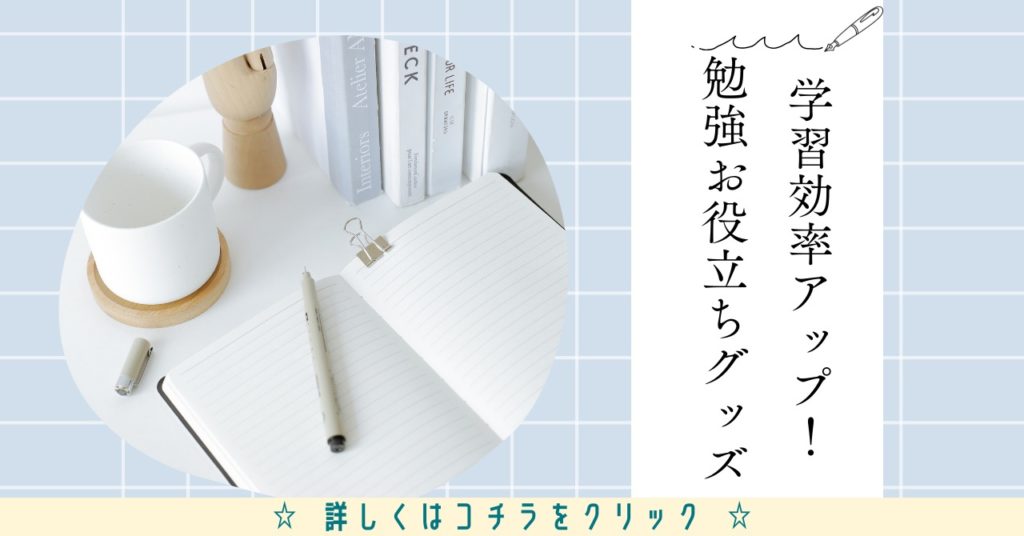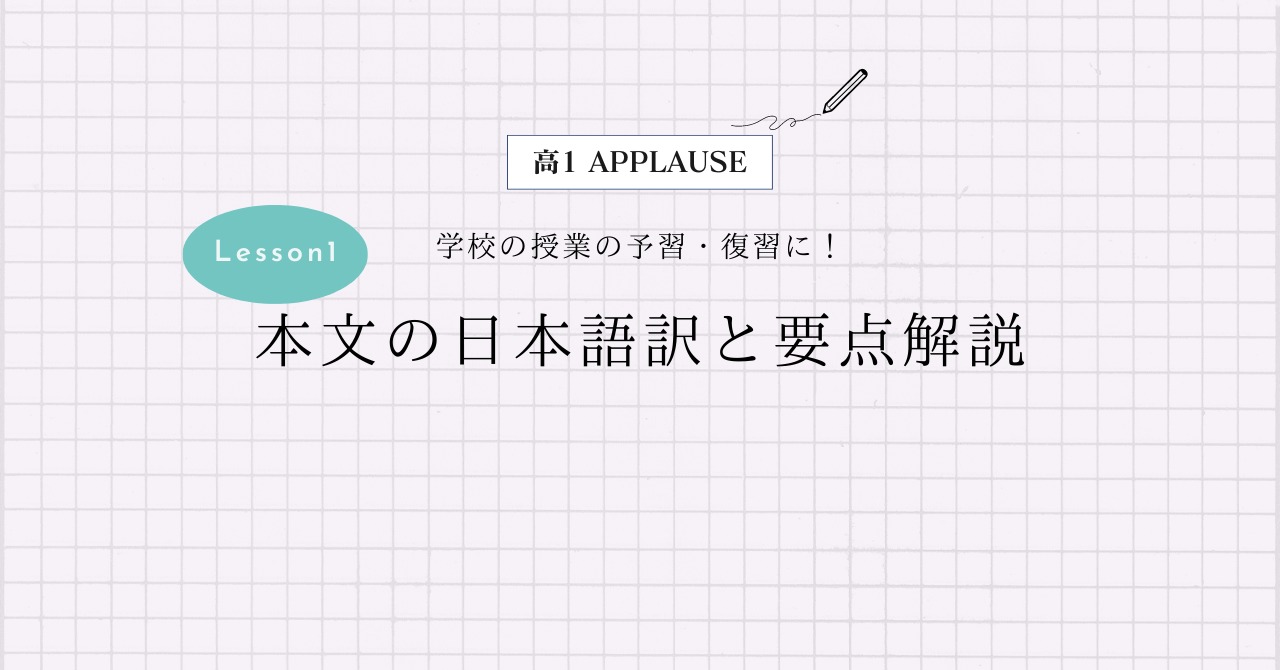開隆堂 高1APPLAUSE Lesson2 Section2の本文の日本語訳と重要箇所の解説です。
Lesson2-1, 2-3の解説はこちらからご覧ください。
>高1APPLAUSE Lesson2 Section1 本文和訳
>高1APPLAUSE Lesson2 Section3 本文和訳
- APPLAUSE Lesson2 Section2 本文と日本語訳
- APPLAUSE Lesson2 Section2 重要事項の解説
- In 1521, the Spanish conquered the Aztec Empire.
- At first, they hated chocolate because it tasted bad to them.
- However, after they brought it to Europe, noble people began to drink it with sugar.
- It refreshed them so much and became more popular than coffee or tea.
- In 1847, the great invention came when a British company mixed chocolate with cocoa powder instead of hot water.
- It changed chocolate from drink into a solid food.
- It spread beyond rich people and to ordinary people all over the world.
- The present style of chocolate is fairly new historically.
- APPLAUSE Lesson2 Section2 まとめ
APPLAUSE Lesson2 Section2 本文と日本語訳
In 1521, the Spanish conquered the Aztec Empire.
「1521年に,スペイン人がアステカ王国を征服しました。」
At first, they hated chocolate because it tasted bad to them.
「初め,彼らはチョコレートをひどく嫌いました。彼らにとってはひどい味だったからです。」
However, after they brought it to Europe, noble people began to drink it with sugar.
「しかし,彼らがそれをヨーロッパに持っていくと,貴族階級の人々は砂糖を入れてそれを飲みました。」
It refreshed them so much and became more popular than coffee or tea.
「それはとても気分をすっきりさせ,コーヒーや紅茶よりも人気になりました。」
In 1847, the great invention came when a British company mixed chocolate with cocoa powder instead of hot water.
「1847年に,イギリスの会社が熱い水の代わりにココアパウダーをチョコレートに混ぜると,素晴らしい発明が誕生しました。」
It changed chocolate from drink into a solid food.
「それはチョコレートを飲み物から固形の食べ物に変えました。」
It spread beyond rich people and to ordinary people all over the world.
「それは裕福な人を越え,そして世界中の庶民にも広まりました。」
The present style of chocolate is fairly new historically.
「チョコレートの現在の形は歴史的に見て極めて新しのです。」

APPLAUSE Lesson2 Section2 重要事項の解説
In 1521, the Spanish conquered the Aztec Empire.
“Spanish”は「スペイン人」という名詞ですね。
“conquer”は「を獲得する,征服する」という動詞になります。“the Aztec Empire”は「アステカ王国」ですね。
At first, they hated chocolate because it tasted bad to them.
“at first”は「まず,初め」という意味になります。“they”は“the Spanish”を指していますね。
この文では「接続詞because」が使われています。
“hate”は「を憎む,ひどく嫌う」,“taste”は「味がする」という動詞になります。
However, after they brought it to Europe, noble people began to drink it with sugar.
“however”は「しかし」という意味の副詞になります。
同じ意味で“but”がありますが,こちらは接続詞なので品詞が異なります。“but”は“文A,but 文B”というように,2つの文を繋ぐ際に使います。
“文A. But 文B.”というように,“but”を文の先頭に置いて1文だけで完結させるのは原則NGとなります。
この文では「接続詞after」が使われています。“it”は“chocolate”を指していますね。“noble”は「貴族の」という形容詞です。
“brought”は“bring(を持ってくる)”,“began”は“begin(を始める)”の過去形です。
“to drink”は「不定詞の名詞的用法」になっていますね。
It refreshed them so much and became more popular than coffee or tea.
“refresh”は「元気を回復させる,気分をすっきりさせる」という動詞で,“so much”は「非常に,とても」という意味ですね。
“became”は“become(~になる)”の過去形です。
また,この文では「比較級」も使われていますね。
In 1847, the great invention came when a British company mixed chocolate with cocoa powder instead of hot water.
この文では「接続詞when」が使われています。
“invention”は「発明」という名詞ですね。
“British”は「イギリスの」という形容詞で,“company”は「会社」という名詞です。
“mix A with B”は「AをBと混ぜる」という意味になります。
“instead of~”は「~の代わりに」という重要表現ですよ。
It changed chocolate from drink into a solid food.
“change A into B”は「AをBに変える」という表現になります。
“solid”は「かたい,固形の」という形容詞ですね。
It spread beyond rich people and to ordinary people all over the world.
“spread”は「広まる」という動詞で,過去形も過去分詞形も同じ形になります。
“beyond”は「~を越えて」という前置詞で,“rich”は「裕福な」という形容詞ですね。
“ordinary”は「普通の」という形容詞で,“ordinary people”で「一般人,庶民」となります。
“all over the world”は「世界中」という重要表現ですね。
The present style of chocolate is fairly new historically.
“present”は「現在の」という形容詞になります。
“of”は前置詞で,”A of B”の形で「BのA」というように後ろから前に訳します。
“fairly”は「かなり,極めて,公平に」,“historically”は「歴史的に(見て)」という副詞です。
APPLAUSE Lesson2 Section2 まとめ
以上がAPPLAUSE Lesson2 Section2の日本語訳となります。
動詞を含む重要表現を確実に覚えていきましょう!
>高1APPLAUSE Lesson2 Section1 本文和訳
>高1APPLAUSE Lesson2 Section3 本文和訳
何か分からない点や他に解説してほしい点があれば,お気軽にコメントしてください!





コメント